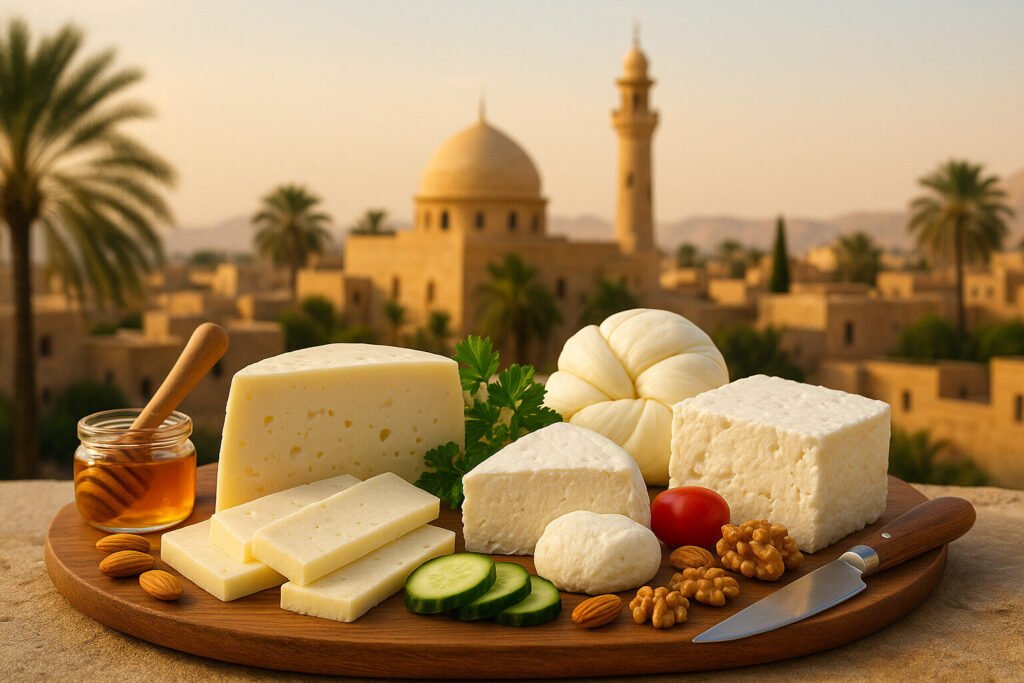Cheese Of Morocco
Cheese Definition and Scope
Moroccan cheese refers to dairy products originating from Morocco’s traditional and modern cheesemaking practices. These cheeses utilize milk from local livestock including cows, goats, and sheep. The scope encompasses both fresh varieties consumed quickly and aged types developed for preservation.
Production methods range from simple fresh cheese preparations to more complex brined and aged styles. Many Moroccan cheeses are artisanal, reflecting regional agricultural conditions. They form an integral part of the country’s dairy landscape alongside other North African cheese traditions.
Production Techniques
Traditional Moroccan cheese production often begins with raw milk from local herds. The milk undergoes natural acidification or rennet coagulation depending on the desired final product. Fresh cheeses like Jben are typically drained in woven baskets that create characteristic patterns.
Some regional varieties employ brining or dry-salting for preservation and flavor development. Aging periods vary from days to several months for more complex varieties. Modern facilities have introduced pasteurization and controlled fermentation to some commercial productions.
Sensory Profile
Moroccan fresh cheeses typically present a mild, milky flavor with slight acidity. Their texture ranges from soft and spreadable to semi-firm depending on moisture content. Jben and similar varieties offer a clean, tangy taste with minimal salt presence.
Aged Moroccan cheeses develop more pronounced savory and salty characteristics. Brined varieties absorb mineral notes from the salt solution. The aroma generally remains mild but becomes more complex with extended aging periods.
Culinary Applications
Fresh Moroccan cheeses serve as table cheeses and sandwich fillings in daily meals. They frequently accompany breakfast breads and feature in traditional pastries like Briouats. Their mild flavor makes them versatile ingredients in both savory and sweet preparations.
These cheeses melt well when used in cooked dishes such as tagines and baked goods. Restaurants incorporate them into modern fusion cuisine while maintaining traditional preparation methods. Street vendors often sell fresh cheese with bread as quick, nutritious snacks.
Regional Examples
Jben represents the most recognized fresh cheese throughout Morocco. This white cheese appears in markets nationwide with slight regional variations. Its production remains particularly strong in rural areas where traditional methods persist.
The Rif region produces distinctive goat milk cheeses using mountain grazing techniques. Coastal areas sometimes incorporate seafood elements in specialty cheeses. Urban centers like Casablanca and Marrakech have developed modern interpretations of traditional recipes.
Arab Countries span a vast geographic and cultural expanse, including Algeria, Bahrain, Comoros, Djibouti, Egypt, Iraq, Jordan, Kuwait, Lebanon, Libya, Morocco,
Arab Countries Cheese: A Comprehensive Guide Read More »


